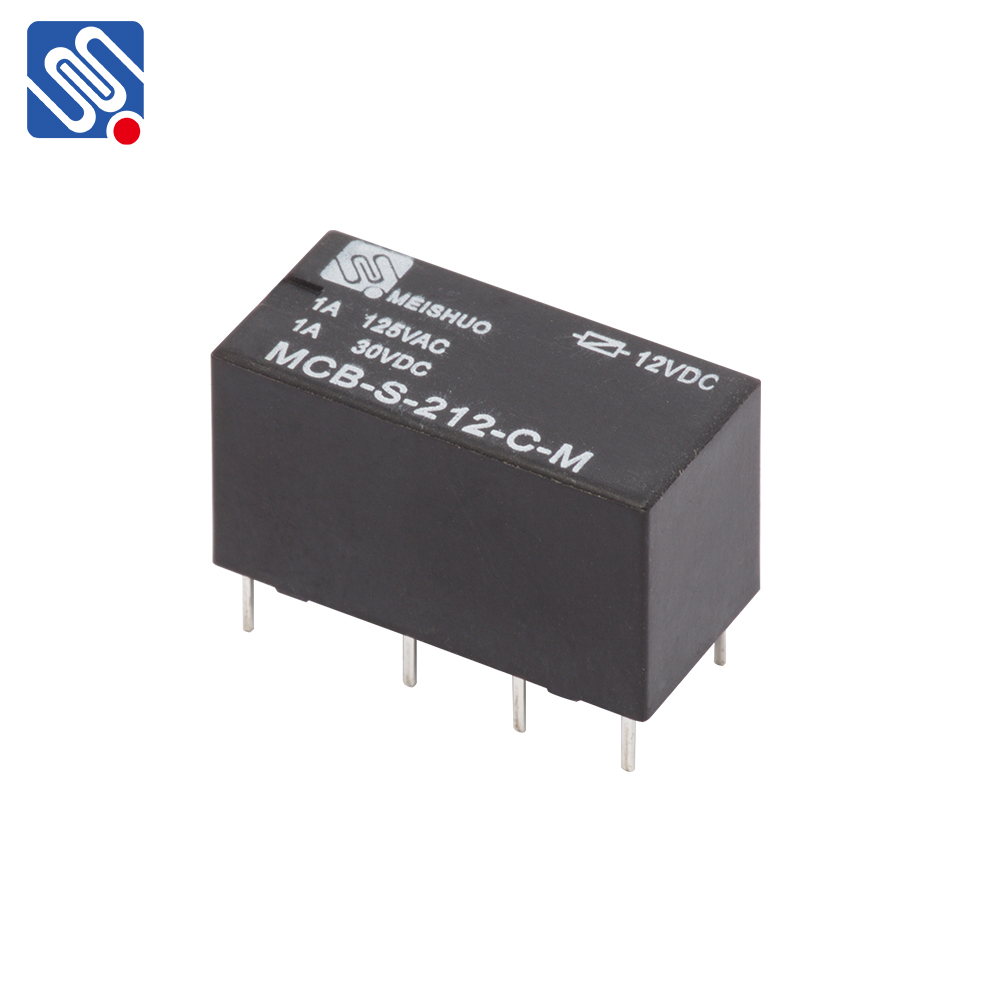understanding relay signals: applications and importance in modern control systems
Release time:2025-07-18 01:05:30
Relay signals play a crucial role in controlling circuits and systems across a wide range of industries, from manufacturing automation to home appliances. They act as intermediary signals, enabling low-power electrical devices to control high-power electrical circuits. This article will explore the concept of relay signals, their working principle, applications, and importance in modern control systems.

What Are Relay Signals?
A relay is an electrically operated switch that uses a small electrical current to control a larger current in a circuit. When a low-power signal is applied to the relay’s coil, it activates a set of contacts, allowing it to control a larger circuit. Relay signals refer to the electrical signals generated or controlled by relays to activate or deactivate devices in various systems.
How Do Relay Signals Work?
The basic working principle of a relay involves electromagnetic induction. A relay consists of an electromagnet, a set of contacts, and a spring. When an electric current flows through the relay's coil (electromagnet), it generates a magnetic field that attracts a metal armature, which in turn closes or opens the contacts. This contact action allows the relay to control high-power electrical circuits using a low-power signal. Once the signal is removed, the spring returns the contacts to their original position, deactivating the connected circuit.

